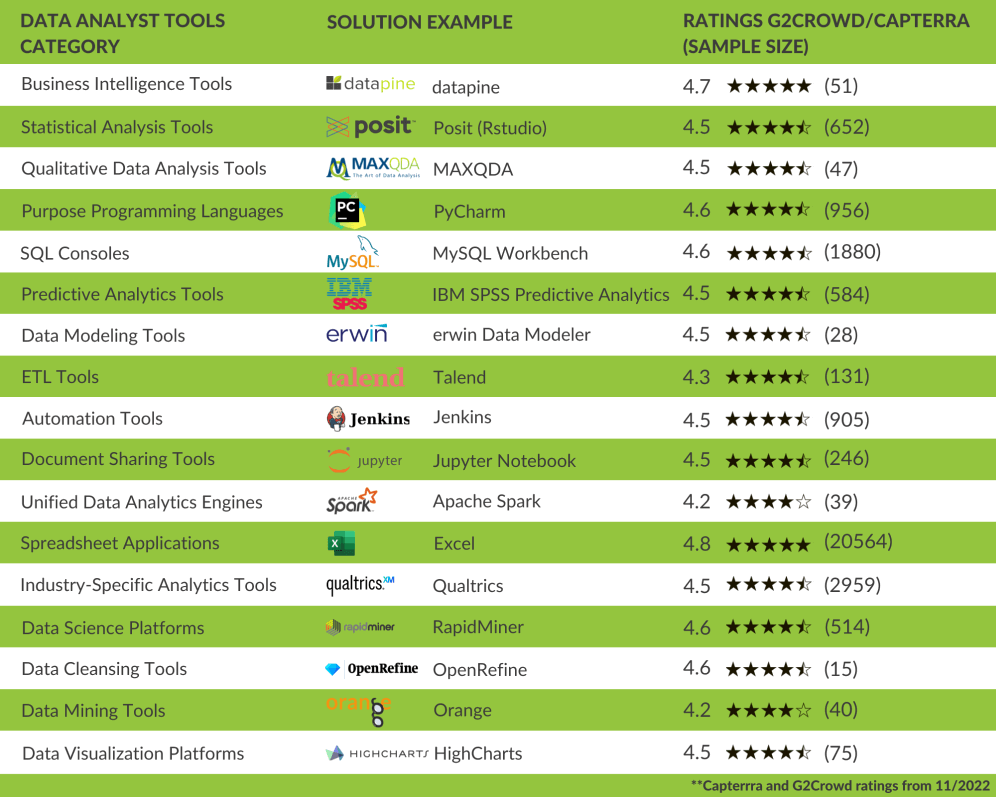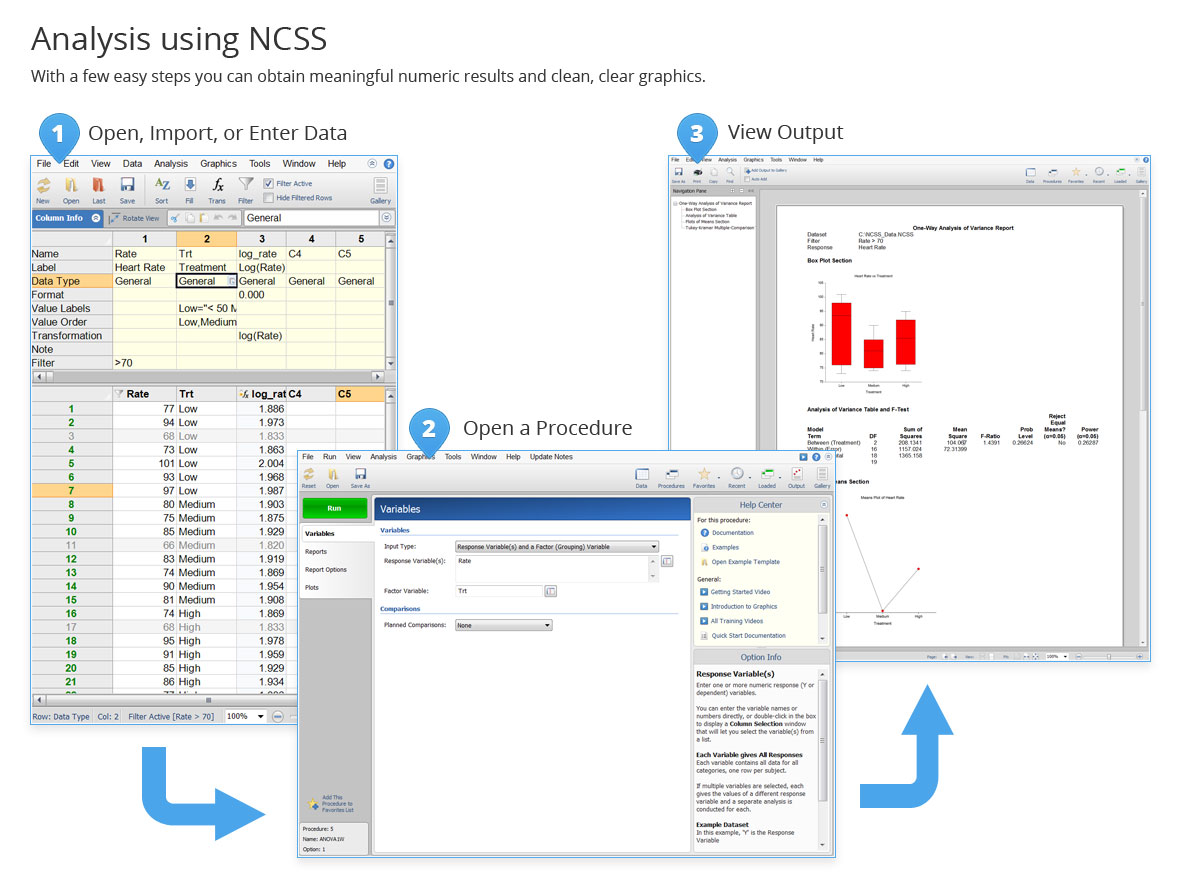

This process is where you remove white spaces, duplicate records, and basic errors.

Data Cleaning: Not all of the data you collect will be useful, so it’s time to clean it up.

Make sure to organize the collected data for analysis. Sources include case studies, surveys, interviews, questionnaires, direct observation, and focus groups. Data Collection: Guided by the requirements you’ve identified, it’s time to collect the data from your sources.Data Requirement Gathering: Ask yourself why you’re doing this analysis, what type of data analysis you want to use, and what data you are planning on analyzing.The data analysis process, or alternately, data analysis steps, involves gathering all the information, processing it, exploring the data, and using it to find patterns and other insights. Data analysis helps businesses acquire relevant, accurate information, suitable for developing future marketing strategies, business plans, and realigning the company’s vision or mission.Īnswering the question “what is data analysis” is only the first step. You Get More Accurate Data: If you want to make informed decisions, you need data, but there’s more to it.Data analysis helps businesses make the right choices and avoid costly pitfalls. You can see where this progression is leading. Data provides businesses with information. Better Problem-Solving Methods: Informed decisions are more likely to be successful decisions.Reduce Operational Costs: Data analysis shows you which areas in your business need more resources and money, and which areas are not producing and thus should be scaled back or eliminated outright.This data helps businesses set prices, determine the length of ad campaigns, and even help project the quantity of goods needed. Through data analysis, your business can get a better idea of your target audience’s spending habits, disposable income, and most likely areas of interest. You Will Know Your Target Customers Better: Data analysis tracks how well your products and campaigns are performing within your target demographic.Data analysis helps you see where you should be focusing your advertising efforts. Better Customer Targeting: You don’t want to waste your business’s precious time, resources, and money putting together advertising campaigns targeted at demographic groups that have little to no interest in the goods and services you offer.Here is a list of reasons why data analysis is such a crucial part of doing business today. Neophyte data analysts who want to dig deeper by revisiting big data fundamentals should go back to the basic question, “ What is data?” Why is Data Analysis Important? Data analysis plays a crucial role in processing big data into useful information.

It’s not uncommon to hear the term “ big data” brought up in discussions about data analysis. The procedure helps reduce the risks inherent in decision-making by providing useful insights and statistics, often presented in charts, images, tables, and graphs. Data analysis is the process of cleaning, changing, and processing raw data, and extracting actionable, relevant information that helps businesses make informed decisions. Now, before getting into the details about the data analysis methods, let us first understand what data analysis is.Īlthough many groups, organizations, and experts have different ways to approach data analysis, most of them can be distilled into a one-size-fits-all definition. This is where data analysis enters the picture. Organizations need information they need data. Similarly, no company that wants to succeed should make decisions based on bad data. No one makes important decisions without first finding out what’s at stake, the pros and cons, and the possible outcomes. This strategy is common sense, and it applies to personal life as well as business. Thanks to obstacles like rapidly changing markets, economic uncertainty, shifting political landscapes, finicky consumer attitudes, and even global pandemics, businesses today are working with slimmer margins for error.Ĭompanies that want to not only stay in business but also thrive can improve their odds of success by making smart choices while answering the question: “What is data analysis?” And how does an individual or organization make these choices? They do it by collecting as much useful, actionable information as possible, then using it to make better-informed decisions! Businesses today need every edge and advantage they can get.


 0 kommentar(er)
0 kommentar(er)
